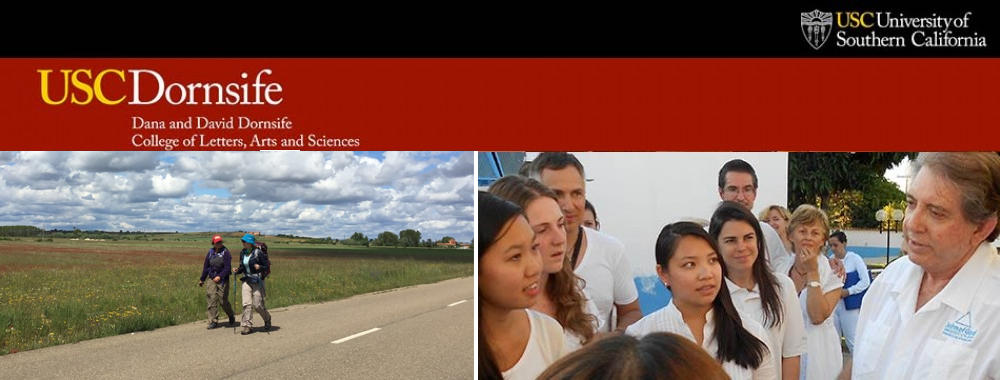By Matthew Shoemaker
At the end of our second week in Brazil, I’ve come to appreciate the importance of prolonged participation in anthropological research. Spending more time at the Casa, I’m forced to get past surface-level observations – like “Wowee, there sure are a lot of people dressed in white!” – and explore not only individual reasoning in making a pilgrimage here, but the decisions key to making the Casa’s organizational structure both sustainable and prosperous. Who answers to whom in the Casa, and where does this hierarchy start?
The obvious answer (A.K.A. the only one we consistently heard) was that the entire Casa answers only to the entities, channeled through John of God. Even the medium himself (John of God) is powerless to contest the words flowing from his mouth while in full trance. This ensures that the will of the entities is being carried out. Still, it’s clear that the entities don’t have the time to make every decision that happens in the Casa. How do the volunteers and staff – the people doing the work – find themselves at the Casa, and how do they settle into their specific roles?
Although occasionally, John of God will choose a person to work at the Casa – Grainne, an Irish stand-up comedian, was told by the entities to stay at the Casa after accompanying her sister who was ill with Multiple Sclerosis to Brazil. Usually, people feel a personal conviction to permanently relocate to Abadiania for their own healing journey. After spending an immense amount of time at the Casa, praying, meditating, and staying in current, people become moved to start in low-level, unofficial volunteer positions, like the weekly soup kitchen preparations and (unofficially) guiding people around the Casa.
From this point, it’s unclear exactly how an individual can rise through the ranks. Talking to Diego, it appears happenstance – when John of God’s old assistant left, Diego picked up the slack and John of God began giving him more responsibility. Gradually a natural hierarchy emerges; people know their roles and will follow them without much problem, quit or be forced out. It is this internal pressure that holds the Casa volunteers and employees together as a cohesive unit. Who is the “in” crowd at the Casa – perhaps psychological mechanisms of wanting to be in the “in” group propel individuals to ask for official volunteer-ship. Do those close to John of God benefit more economically from this international healing business?
I want to emphasize that I’m not trying to be cynical here; this is a realistic and effective structure that compels permanent visitors to begin doing more work at the Casa while maintaining the absolute power of the entities in the decision-making process. Especially with an influx of foreigners in the last decade, maintaining the Casa’s organizational structure is necessary if the Casa wishes to continue and expand its healing mission. And even if you don’t agree with the group’s philosophy, it’s difficult to argue with the fact that the Casa does a decent amount of good throughout the world.



